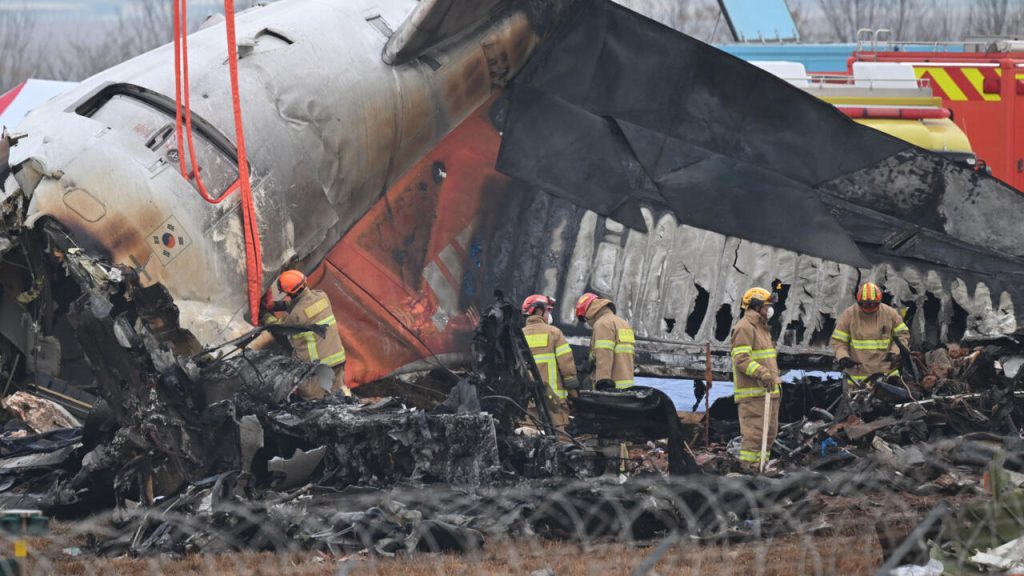South Korean investigators have decided to send one of the black boxes from the recent Jeju Air crash to the United States for analysis. The crash, which occurred last Sunday, claimed 179 lives, making it the deadliest aviation disaster in the country’s history.
The Boeing 737-800 was en route from Thailand to South Korea when it made a mayday call, crash-landed, and collided with a barrier, resulting in a fire that left only two survivors—both flight attendants.
Deputy Minister for Civil Aviation Joo Jong-wan announced that the flight data recorder was too damaged for local data retrieval. The US National Transportation Safety Board (NTSB) will now assist in analysing the data. Meanwhile, the cockpit voice recorder has been partially analysed, allowing investigators to begin reviewing the pilots’ final communications.

Initial investigations are exploring multiple factors, including a bird strike, the plane’s failure to deploy landing gear, and a collision with a concrete barrier at the runway’s end. A special inspection of all locally operated Boeing 737-800s is underway to assess their landing gear systems.
Local media reported that Jeju Air Flight 2216 had its landing gear functioning correctly during its first failed landing attempt but failed on the second attempt.
US investigators, alongside South Korean officials, are also reviewing a navigation system known as a localiser, which may have worsened the crash’s impact.
The arduous task of identifying the victims, whose remains were severely damaged, has been completed, according to Acting President Choi Sang-mok. Families of the deceased have begun receiving their loved ones’ remains for funerals.
Relatives visited the crash site on Wednesday to pay respects, while memorial altars nationwide have drawn hundreds of mourners.
Choi assured the public that the investigation, supported by Boeing and the NTSB, will thoroughly examine the black box data and aircraft structure to determine the crash’s cause.


